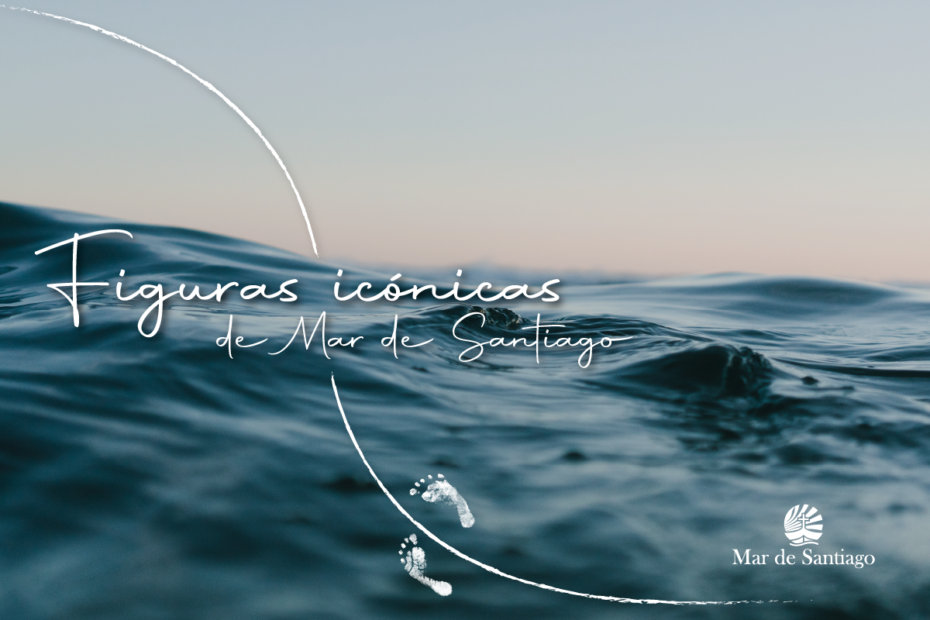In addition to its scenery and cuisine, Mar de Santiago hides other treasures that will catch your attention. Today, we are going to highlight four iconic figures that you will discover on your Way around our region.
Valle-Inclán in Vilanova de Arousa
On your Way around Vilanova de Arousa, you will come across the figure of Valle-Inclán. One of the key writers of 20th-century Spanish literature, he is featured in a sculptural ensemble in this locality. Made up of 5 bronze elements dominated by the image of Valle-Inclán, it depicts the main characters in his best-known works.

The writer, also known as the Manco de Lepanto, has his own House-Museum, which is the restored family home where Valle-Inclán was born and lived. It is an institution that houses real cultural gems.
Diego Gelmírez in Catoira
Continuing our itinerary through Catoira, its Alameda (park) features a statue that pays tribute to Diego Gelmírez, one of Mar de Santiago’s most outstanding figures. Born in the fort called Torres de Oeste, he played an essential role in Galician history. He was Santiago Cathedral’s first archbishop, and centred his efforts on defending the city from Saracen invaders.

Gelmírez reinforced this fort in Catoira, and ordered port and shipyard facilities to be built to provide his army with the necessary weapons to ward off invasions. He also built the Chapel of Santiago, which is still standing, being a reference point for devotees of the Apostle James that completed their pilgrimage to Compostela here.
La Belle Otero in Valga
In Valga’s Dios Mosquera Park, very close to the section of the Portuguese Way that runs through this municipal district that forms part of Mar de Santiago, you will come across a statue in honour of La Bella Otero. Born in 1868, Valga’s Agustina Otero is considered Spain’s first internationally renowned artist.

Lisbon, Barcelona, Marseilles, Paris, Nice… La Belle Otero become one of the most outstanding figures of the Belle Époque, touring the world as an exotic dancer, singer, and actress. In Valga’s History Museum, you can find out more details about her importance and career.
“Fito Xacobeo” in Pontecesures
And we end this tour of Mar de Santiago’s iconic figures with the statue in Pontecesures called “Fito Xacobeo.” The sculpture, which you can see beside the locality’s Roman bridge, depicts the Apostle James dressed as a medieval pilgrim. It is the last of the 17 images included in the world’s only sea-river Way of the Cross, which is located in our region.

The different crosses indicate the Way that was followed by the Apostle James’ body on its journey from Jerusalem to Compostela. An itinerary that enables you to sail to the origin of the pilgrimages by means of the “Traslatio” route.
As you can see, Mar de Santiago is a place of culture, history, myths, and legends. Why not round off your Camino experience in our region?

